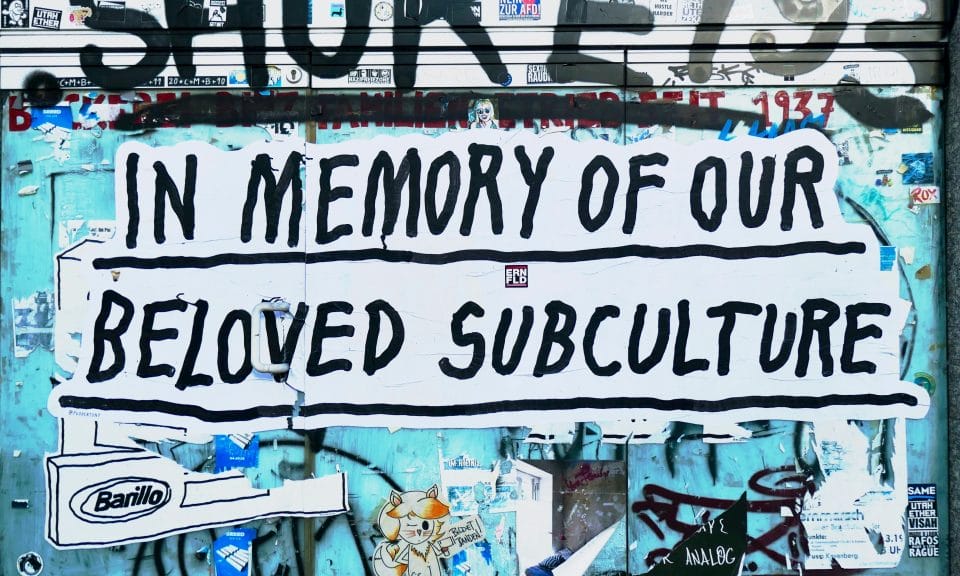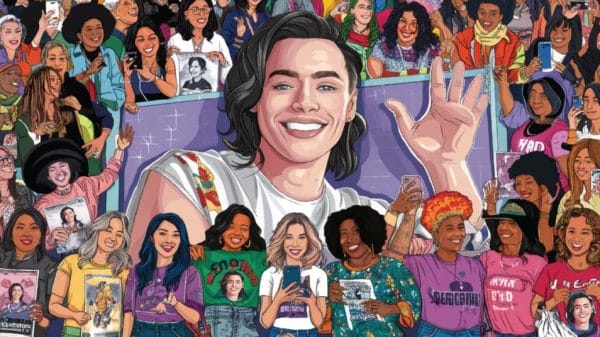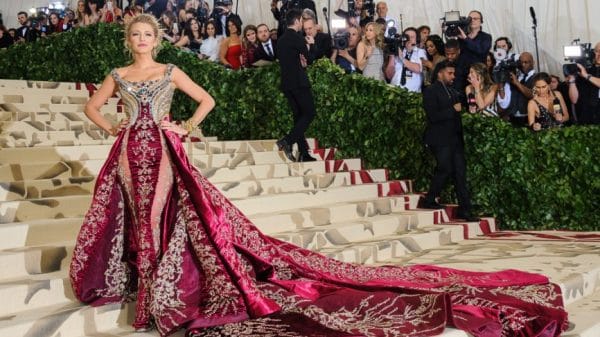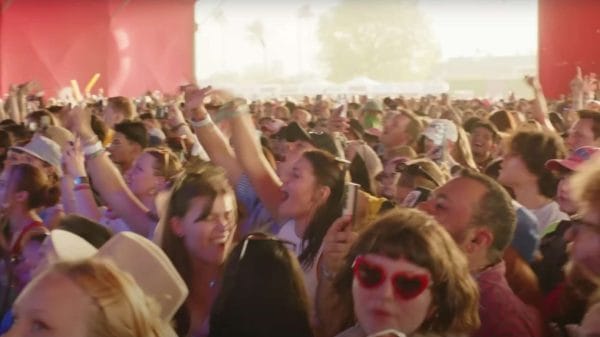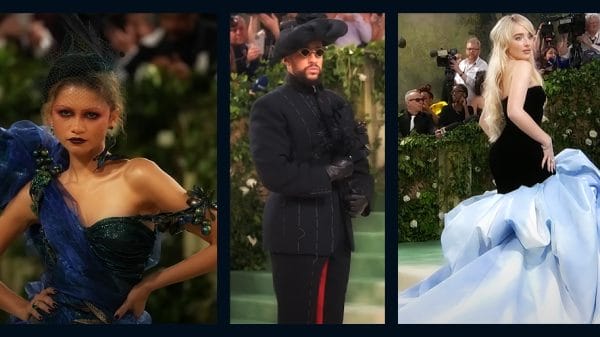The late 2000s and early 2010s saw the emergence of Internet Subcultures and by 2024 they’re dwindling away.
Social Media and the Pace of Trend Setting
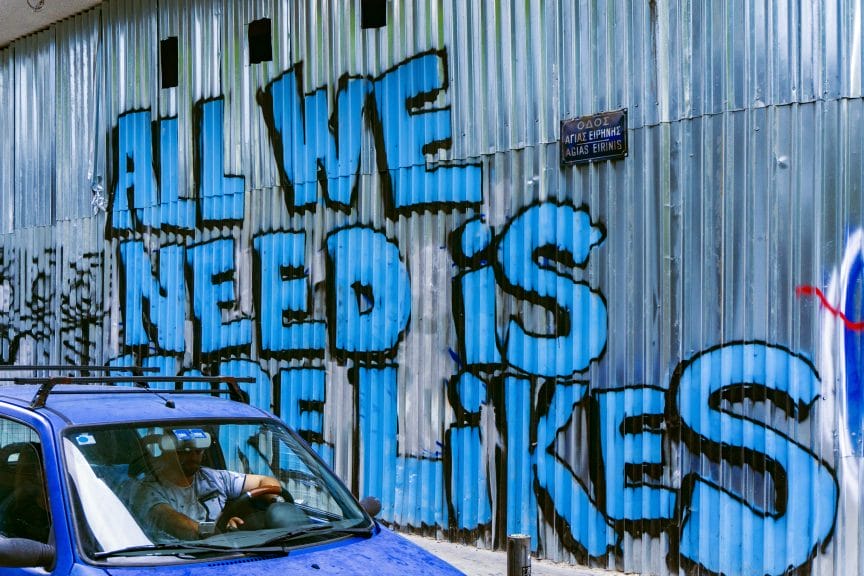
Fashion is an endless cycle of recycling and revamping previous trends and social media allows this to happen at a faster pace.
Subcultures as a whole have been around for some time. In the ’70s you had the hippies, in the ’80s you had the punk movement, and in the 2000s you had Emos. These subcultures were a lifestyle shaping every aspect of your identity, from how you thought to your interests and your clothes.
At the same time, the internet started to become a social hub in the 2000s with sites like Myspace, Facebook, and Friendster becoming mainstream. This was elevated with the appearance of Tumblr, YouTube, Reddit and 4Chan. These sites allowed people with similar interests to connect which resulted in an inflation of various online subcultures.
The boom of the internet catapulted subcultures into becoming more widespread than ever before, however, it has now also led to their downfall.
Social media now dictates a lot of the latest trends. For anything to become popular nowadays, it has to go viral on social media and with 5.04 Billion users worldwide new trends are created every other day.
So, in today’s fast-paced consumerist society, how can anything endure? Well, I’m starting to wonder if anything really does. This brings me to the ‘death of subculture, and the rise of aesthetics’ as put by Cinnagal, a Digital Creator based in New York.
In an Instagram post Cinnagal highlights the differences between subcultures and aesthetics:
“Most subcultures were not supposed to be aesthetics that you can easily buy into”
Cinnagal
Subcultures
As I mentioned earlier, subcultures were a lifestyle. A lifestyle which, for most, was about straying away from the ‘status quo’.
For example, punk subculture was angry and anti-establishment. They listened to bands and artists which conveyed messages akin to their own values, ideologies and political views.
One commenter on Cinnagals post referenced the punks’ fashion.
“True punks make their own garments and bags, not buying overpriced platform shoes that’ll break in a year”
Instagram comment by 28obi
Another commenter by the handle ‘Apesoneil’ highlights that the importance of subcultures is to identify with people who can understand you.
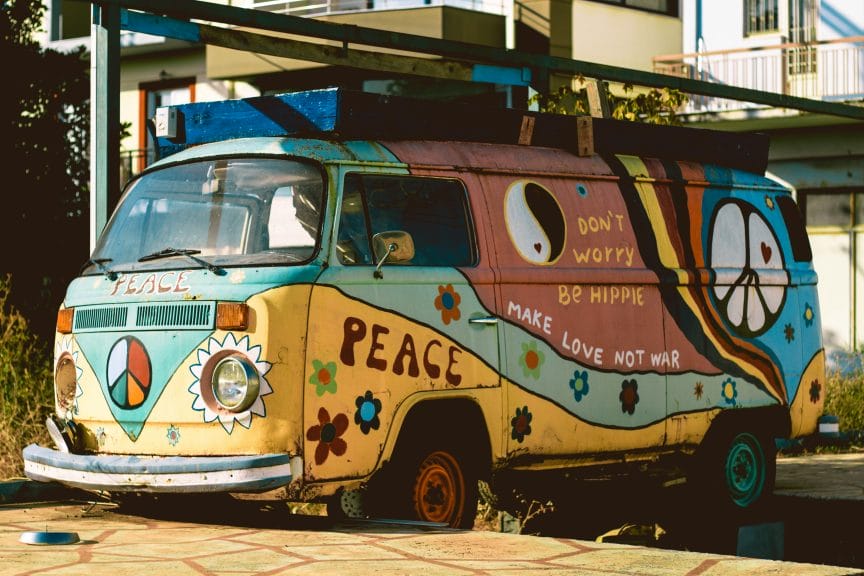
“It’s to go against tradition, not just alt clothing, but alt mindsets…when you remove the mindset and keep the clothes, it degrades the culture to just ‘style’ with no substance.”
Instagram comment by apesoneil
“Style with no substance” is very much what aesthetics are, it’s about buying specific clothes to fit a specific aesthetic without committing to the lifestyle.
The Role of Social Media
Social media influences many aspects of our lives. From our opinions on celebrities and current events, to what ‘trending’ products we decide to purchase. What is popular one day could be completely forgotten about another, until someone posts a TikTok a year later about ‘remember when this was a thing?’.
This type of fast-paced consumerism is what has led to so many different fashion trends being churned out. From the ‘Clean Girl’ aesthetic to Cottagecore, there is an excessive abundance of styles to choose from.
Cottagecore is a good example of fashion vs lifestyle. The idea of cottagecore is, as the name says, to live in a cottage surrounded by nature. Growing your food and adopting a more rustic relaxed style. Yet, the majority of people who dress following this trend don’t live isolated in nature, away from the cities. Neither do they grow their own food or raise cattle. The focus is on the fashion.

I asked some Gen Z what their views on fashion were regarding both subcultures and these new aesthetics. One thing a participant said particularly stood out to me:
“Fashion is an ever changing scenario, it represents who we are at different stages of life, whether it be the different aesthetics that we dress at a different age, or the different brands that we put on as time moves on.”
Anki Lee
Fashion is indeed used as a form of self-expression and as people change throughout their life their sense of style is bound to do so as well. Nonetheless, when it comes to subcultures people should “understand where these aesthetics come from and what their message is.” ( ‘diceyduke’).
This is a message I think is important for people to know so that the history of the original subcultures can be honoured.
To take a positive spin on aesthetics, they do allow for more creativity and individuality in our style. Fashion itself is an art form, it can be interpreted in various ways.
An Instagram post by ‘offtrendhq’ highlights this by asking strangers their opinions on fashion trends. One participant said they dislike “people who try to dress as each other…no individuality.” Wanting people to show themselves in their fashion.
The Rise of Fast Fashion
With that said, what do people do when they have more clothes than they need? What happens when they no longer want to dress in an aesthetic? Well, the answer is that they get donated or end up in fast-fashion landfills.
“There are also a lot of Fast fashion nowadays, which is also a big contributor to damaging our environment. And with people wanting different items to fit different trends or aesthetic fast fashion is a very cheap alternative way to gain items that probably wouldn’t last a very long time, but still satisfied the need to change up your daily looks to fit different aesthetics.”
Anki Lee
Fast fashion has been on the rise since the 90’s thanks to online shopping. The dominance of fast fashion has only been intensified because of the desire to follow trending aesthetics.
In this sense, subculture is more sustainable fashion-wise. Sticking to one style means you’re more particular about the pieces you buy. Rather than with aesthetics, people getting into subcultures will not buy pieces that they will only use for a brief period of time and will not get rid of them so quickly.

A way of making aesthetics more sustainable would be to purchase pieces from vintage shops. Fashion is a cycle, so previous trends and eras will be available in charity and vintage shops. This does mean it will take more time to find the pieces of clothing you want, however, for the long-term effect on our planet, it might just be worth it.


